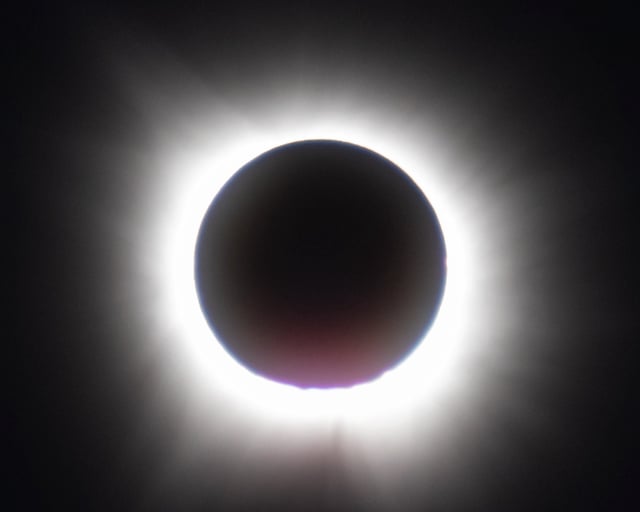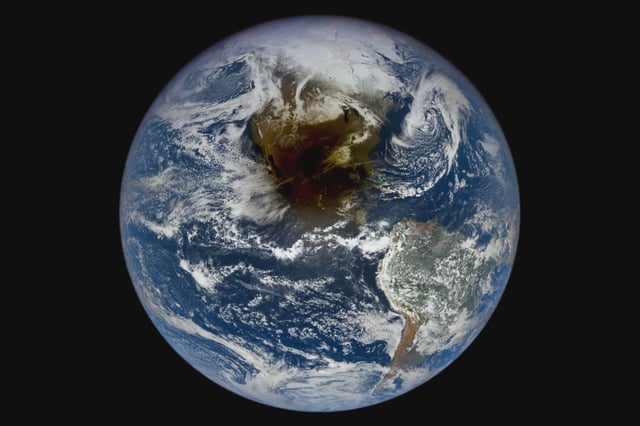Overview
- Monday's total solar eclipse in North America was described as a once-in-a-lifetime event, with no similar eclipses expected in the next two decades.
- Henry Reich of MinutePhysics explains that the Earth and moon's changing orbits are making total eclipses increasingly rare.
- Future total solar eclipses include one in 2026 visible in Spain, Iceland, and Greenland, and another in 2027 over North Africa.
- The next total solar eclipse visible from the U.S. will not occur until 2044, affecting only three states.
- Annular and partial eclipses are now more frequent than total eclipses due to the relative distances and sizes of the Earth, moon, and sun.



